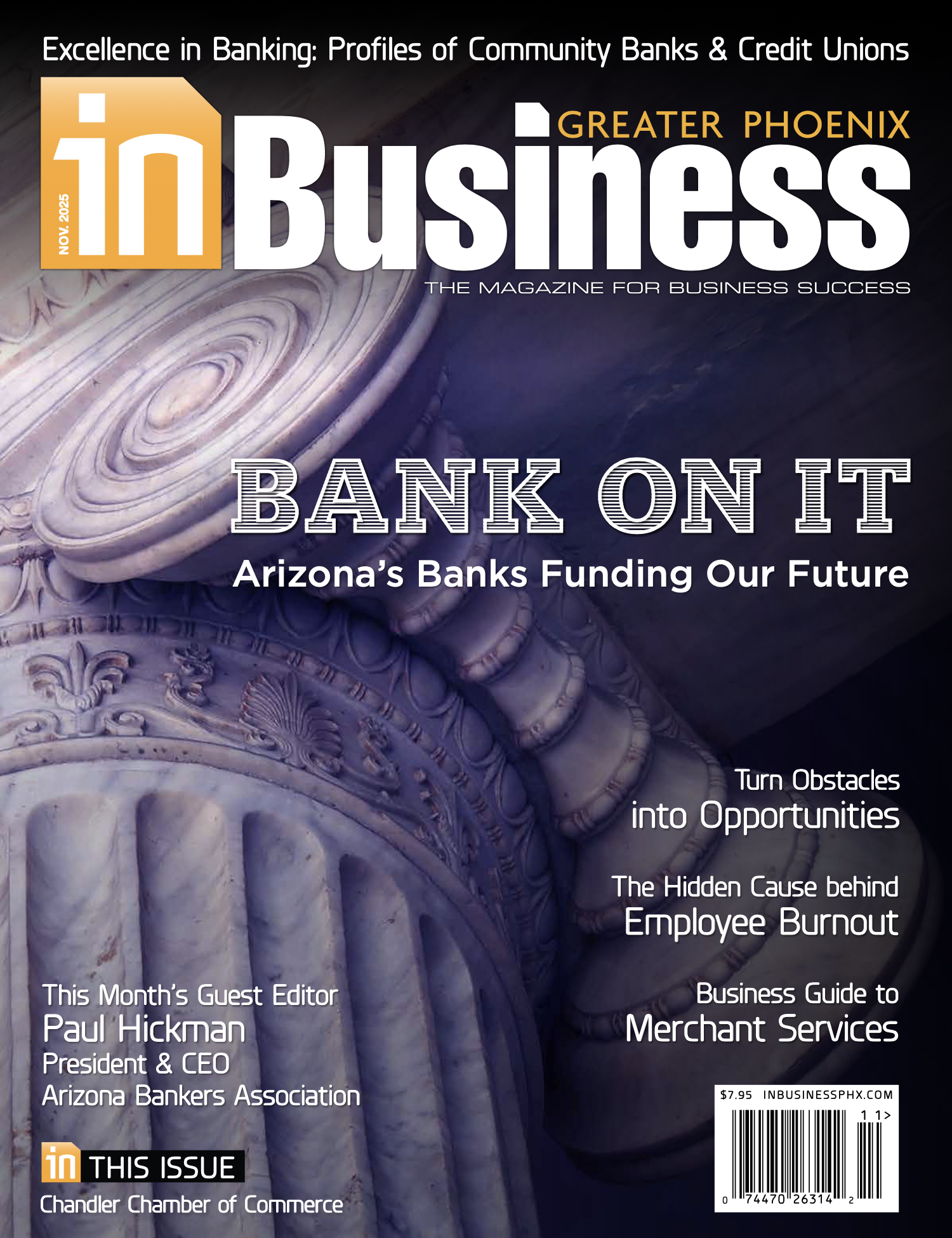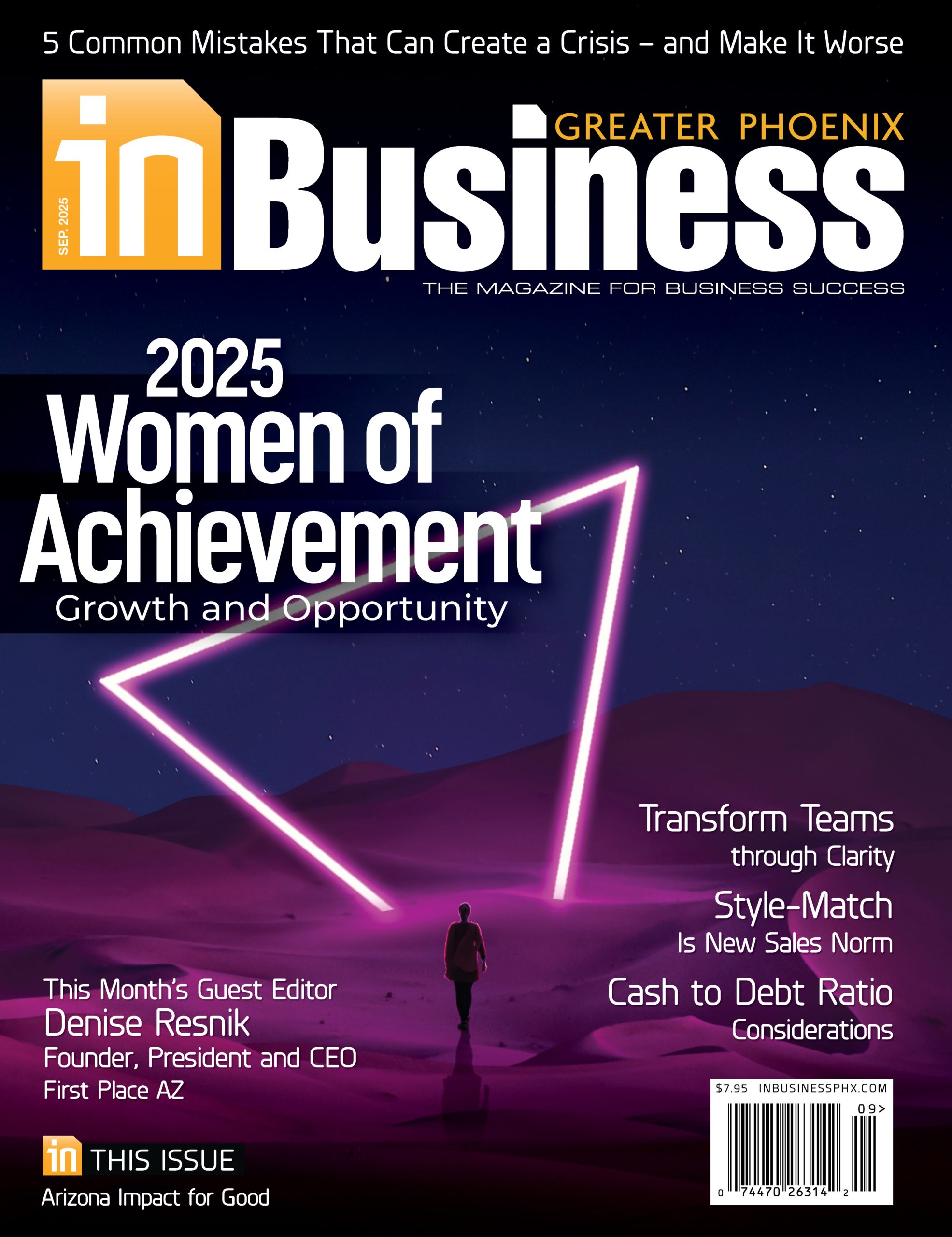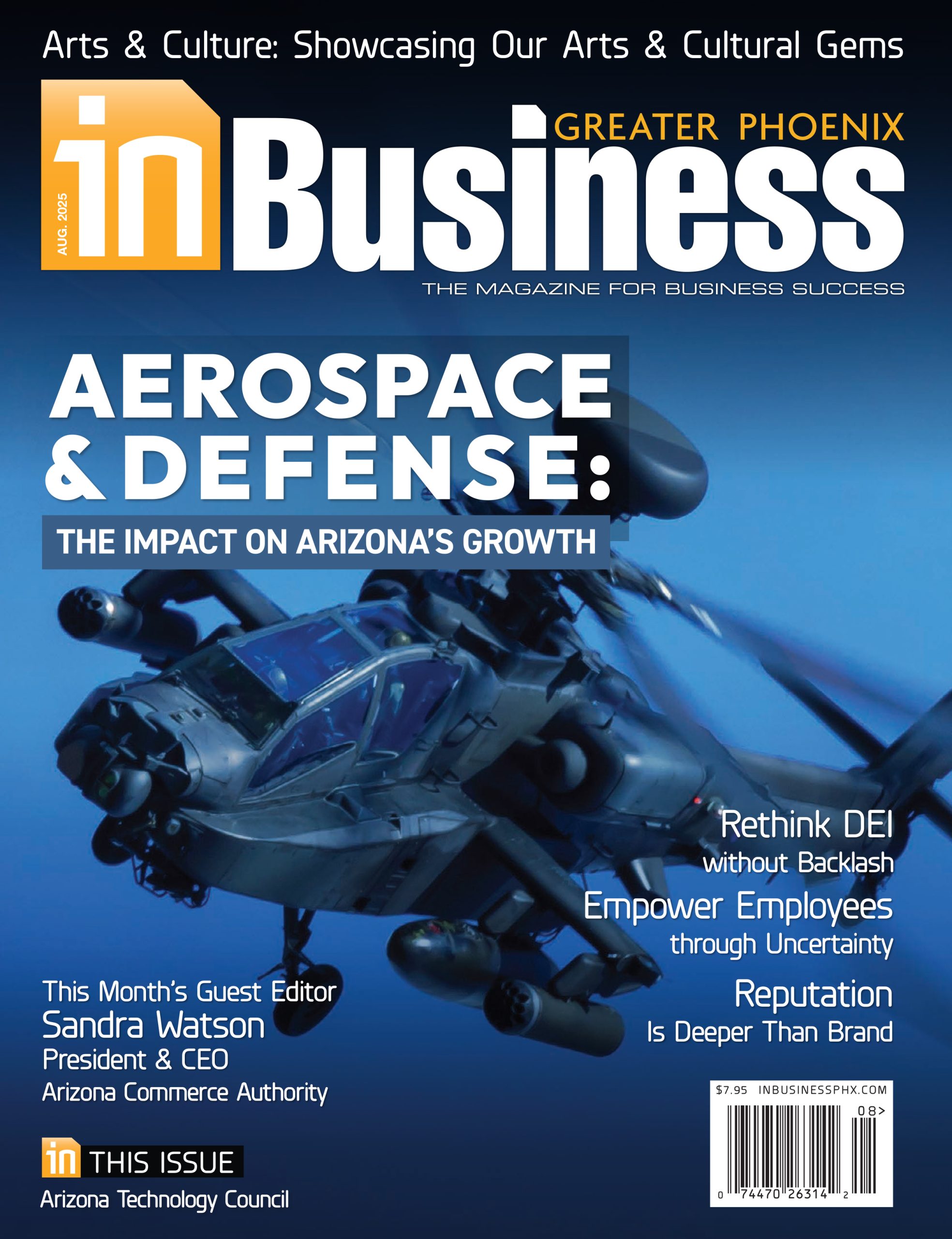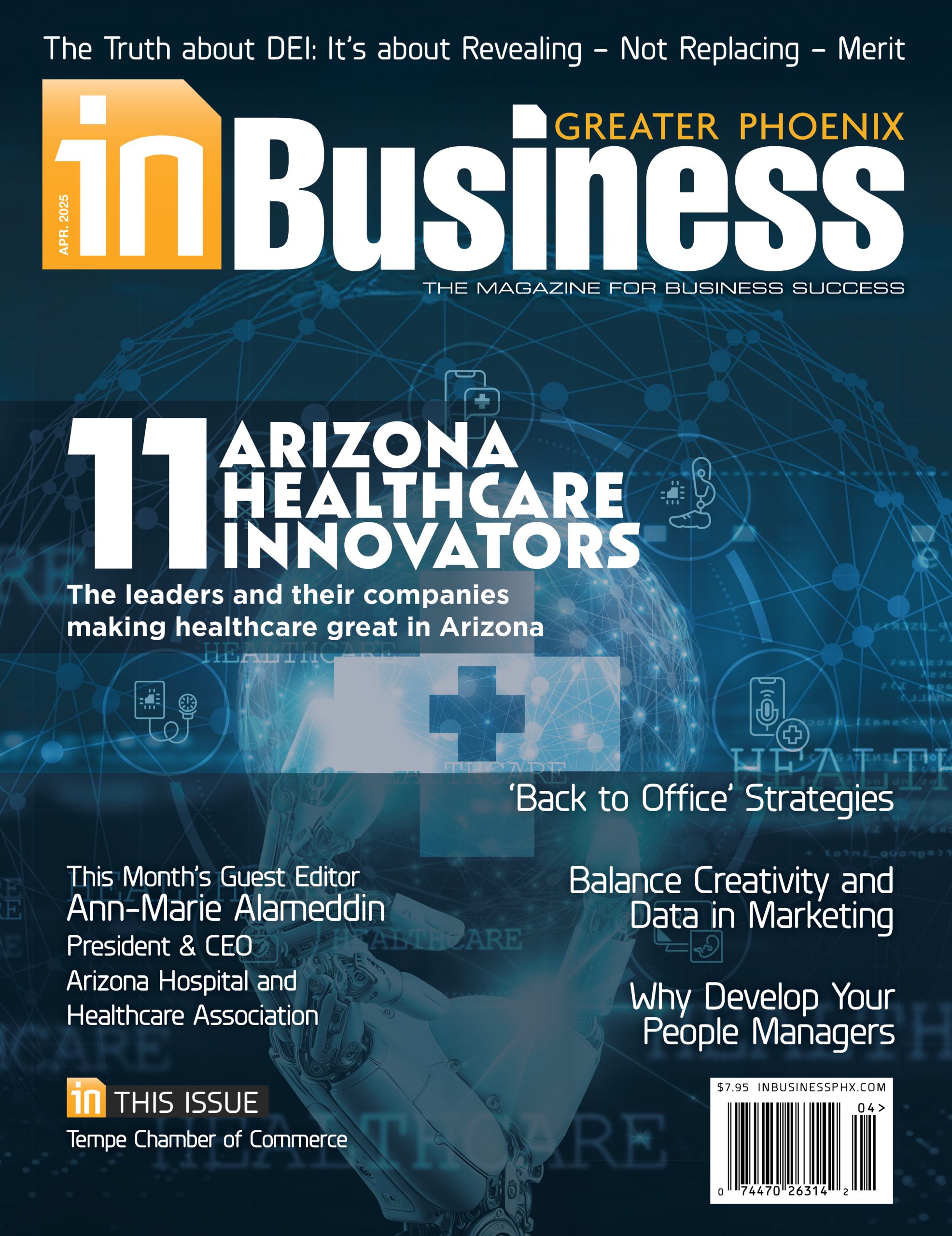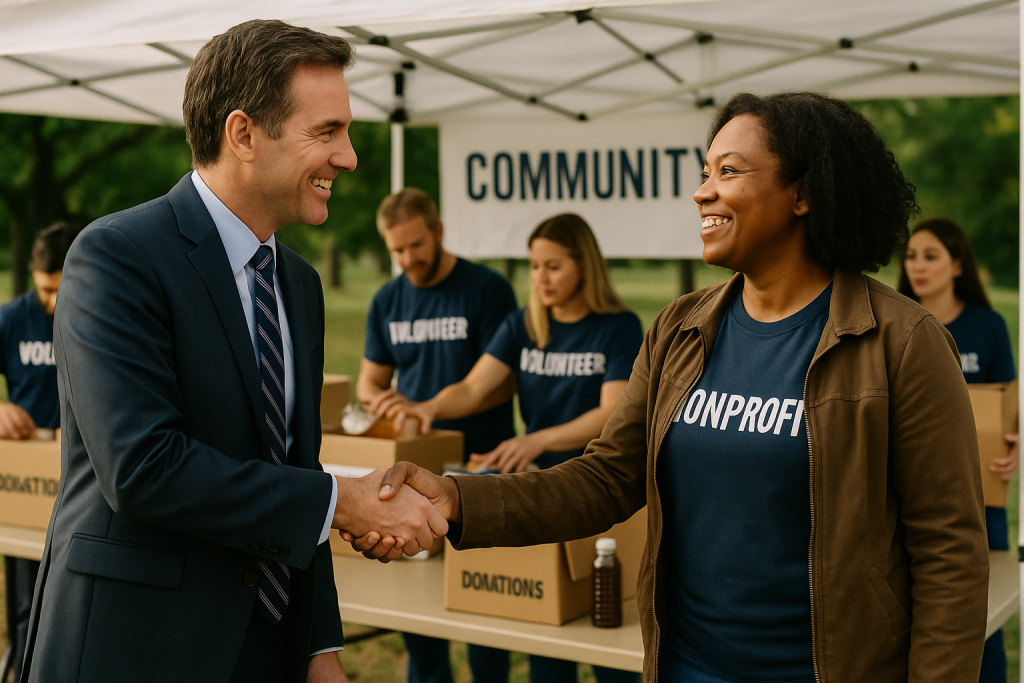 For nonprofits across the country, the ground is shifting. The fiscal landscape of 2025 has been marked by a significant slowdown and reallocation of federal grant funding, leaving many organizations facing an uncertain future. While this presents a formidable challenge, it also creates a powerful opportunity for a new kind of leadership to emerge from the business community. Now more than ever, strategic partnerships between for-profit businesses and mission-driven nonprofits are not just a form of charity but a vital strategy for mutual growth and community resilience.
For nonprofits across the country, the ground is shifting. The fiscal landscape of 2025 has been marked by a significant slowdown and reallocation of federal grant funding, leaving many organizations facing an uncertain future. While this presents a formidable challenge, it also creates a powerful opportunity for a new kind of leadership to emerge from the business community. Now more than ever, strategic partnerships between for-profit businesses and mission-driven nonprofits are not just a form of charity but a vital strategy for mutual growth and community resilience.
For many business leaders, the primary question is, “What’s the return on investment?” The data is clear: Doing good is good for business. In today’s market, consumers are voting with their wallets for companies that reflect their values. A recent Mintel study revealed that a staggering 73% of Americans consider a company’s charitable activities when making a purchase. This isn’t a passive preference; it’s an active driver of consumer loyalty. When a customer sees a local business supporting a cause that strengthens their community, it forges an authentic connection that advertising alone cannot buy. This translates directly to enhanced brand reputation, increased sales and a stronger market position against competitors who remain on the sidelines.
The benefits extend far beyond customer perception; they permeate the very culture of a company. In the ongoing battle for talent, a strong Corporate Social Responsibility (CSR) program is a competitive advantage. According to data from Benevity, companies with highly engaged employees, often fostered by robust giving and volunteer programs, can see a significant boost in productivity and profitability. Employees want to work for organizations they can be proud of. Offering them opportunities to engage with nonprofit partners through volunteer days or workplace giving campaigns builds morale, deepens their connection to the company and is a powerful tool for attracting and retaining top-tier talent.
So, how can a business step up? The partnership model is flexible and can be tailored to any company’s capacity. The most direct method is financial support, whether through direct donations or sponsoring a nonprofit’s fundraising event. This provides nonprofits with the diversified revenue stream they urgently need to continue their work.
Arizona Gives, powered by AZ impact for Good, has built the ability for businesses to directly support nonprofits of their choosing through cobranded fundraising pages, custom donation landing pages and electronic gift cards that can be given to employees for them to donate on AZGives.org. With guides catered to small and large businesses, easy setup and most administration actions handled through our program, we make it easy to support your community.
Support is not limited to writing a check. Businesses can leverage their greatest assets to amplify a nonprofit’s message. A simple placard at a checkout counter, a featured post on a popular social media channel or a segment in a customer newsletter can introduce a nonprofit’s mission to an entirely new audience. in-kind donations of goods or professional services, such as marketing help, IT support or accounting services, can also free up a nonprofit’s limited resources to focus directly on its core mission.
Autodesk, a software company most known for AutoCAD, has a program that allows its employees to work pro-bono for nonprofits. Autodesk employees, including manufacturing specialists, provided free consulting to help a nonprofit use robotics and 3D printing technology to create artificial coral, essentially helping them streamline their production process and scale their impact of rebuilding reefs.
This symbiotic relationship creates a powerful feedback loop. The nonprofit receives the financial and operational stability needed to expand its impact, ensuring vital community services continue uninterrupted. In return, the business gains an unimpeachable reputation, a more loyal customer base and a more engaged, purpose-driven workforce. It ceases to be seen as just a storefront and becomes recognized as a true community pillar.
The challenges of this year have created a clear call to action. For business leaders, it is an invitation to look beyond the next quarter’s profits and invest in the long-term health of the communities where they operate. For nonprofits, it is a chance to build new, sustainable alliances that are not subject to the whims of government funding cycles. The time is now to start the conversation. Reach out, build a bridge and discover the powerful relationships that await when purpose and profit work hand in hand.







